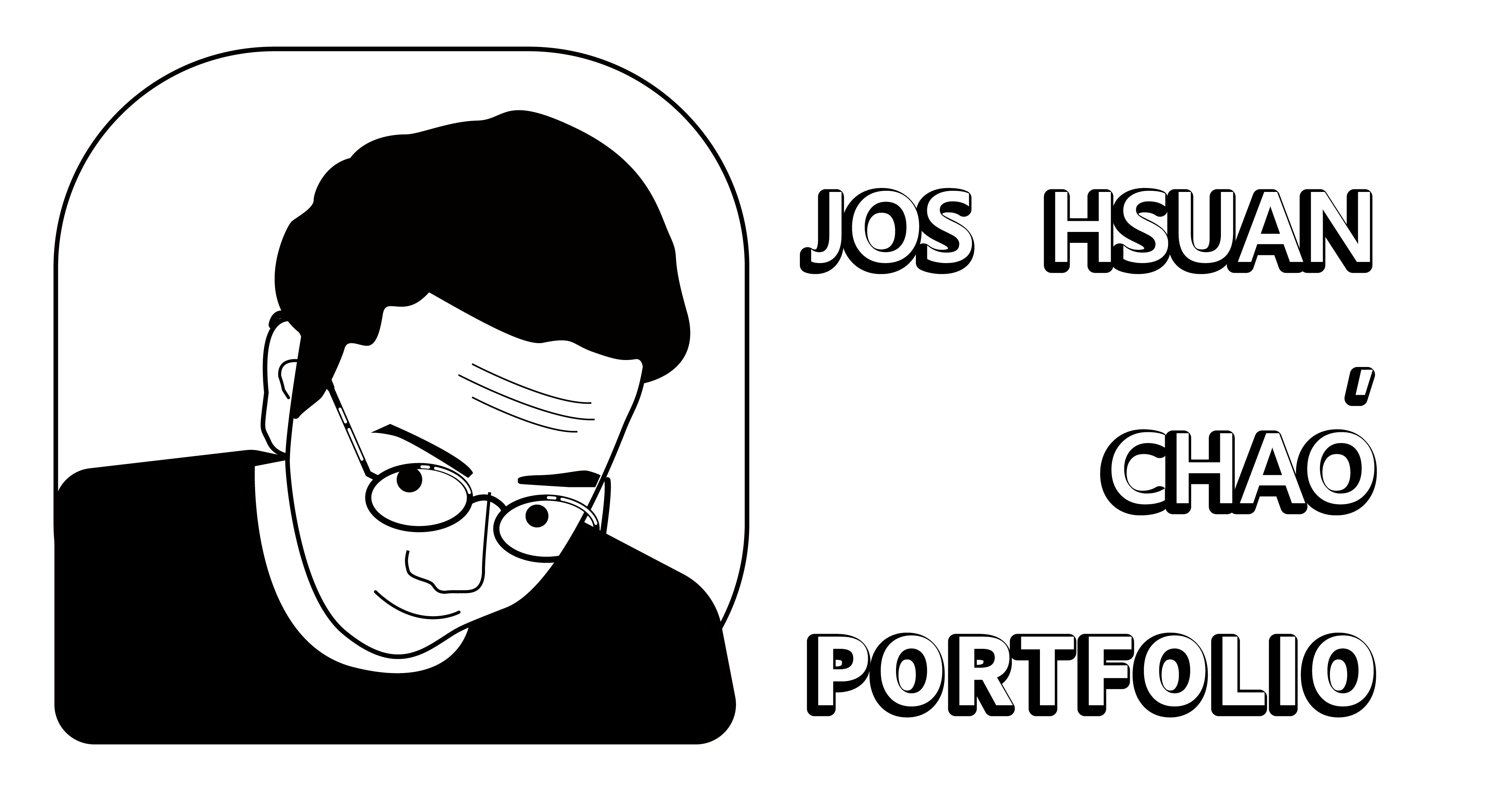Bending-Active Metal Plate Deformation
-Control Thru. Computational Simulation and Pattern Development
Author /JosHsuan Chao

基於數位科技在建築領域的發展,透過電腦高效的運算能力,建築師有機會將材料屬性以系統性的方法整合到設計中,改變圖像優先設計方法中,對材料屬性所造成的忽視。而主動撓曲薄板(Bending-Active Plate) 系統作為材料系統(Material System) 思維構(Tectonic) 的一項分支,被定義為運用薄板彈性變形的找形(Form Finding) 過程,在近十年開始受到廣泛的關注。
在CAD/CAM 導入建築領域之後,基於非均勻有理B 樣條曲面(NURBS) 的建模軟體,展開了一系列複雜形式的想像,如何有效將設計傳遞到建造,便成為建築師重要的課題。因此,為了展現基於材料屬性來建造複雜幾何方法的可能性,本研究提供了一種新的方法,基於電腦運算掌握主動撓曲統來控制鋁薄板進行設計探索及曲面塑造。
本研究的設計架構分為兩個階段。首先,為了迴避金屬過度彎曲造成的彈性失效- 降伏(Yield),該方法透過曲率分析,提供回饋給設計者探索主動撓曲薄板設計;另一部分,透過操作摺紙(Origami)胚藤(Pattern) 進行找形(Form Finding),能夠在維持可展曲面(Developable Surface) 的狀態下,同時掌握複雜的彎曲方向最後,添加材料特性使其轉換到主動撓曲型態。
以主動撓曲薄板系統透過摺紙胚藤進行曲面塑造,與一般可展曲面單元的曲面製造方法需要複雜的單元不同,僅需縫合平面的微小開口即可形塑複雜曲面。因此研究中,透過一系列的製造實驗及空間尺度的設計,展示利用材料彈性能力,使單元能夠重複拆卸組裝,同時適應小型的運送工具的優勢,非常適合用來建造輕量化臨時構築。
Based on the development of digital technology in architecture, through the efficient computing power of computers, architects have the opportunity to integrate material properties into the design in a systematic way. Which goes beyond the neglect of material properties caused by the image-first design method. The bending-active Plate system, as the branch of the material system thinking tectonics, is defined as the Form Finding process using the elastic deformation of the thin plate, and it has received widespread attention in the past decade.
After CAD/CAM entered the architectural field, NURBS-based modeling software developed a series of complex imaginations. How to effectively transfer design to construction has become an important issue for architects. Therefore, in order to demonstrate the possibility of constructing complex geometric methods based on material properties, this research provides a new method, which is based on computer operations to master the bending-active system to control aluminum sheet design exploration and surface shaping.
The design framework of this study is divided into two stages. First, in order to avoid the elastic failure caused by excessive bending of metal, this method provides feedback to the designer to explore the design of bending-active sheet through curvature analysis. On the other hand, Form Finding through Origami Pattern can control the complicated bending direction while maintaining the Developable Surface state. Finally, add material properties to make it switch to the bending-active mode.
The method of controlling the bending-active sheet to shape the curved surface through the origami pattern is different from the general developable surface unit method which requires complex units. It only needs to sew tiny openings on the plane to shape complex curved surfaces. Therefore, in the research, through a series of manufacturing experiments and space-scale design, the flexibility of materials is demonstrated, so that the unit can be repeatedly assembled, while adapting to the advantages of small transportation tools, which is very suitable for the construction of lightweight temporary structures.




